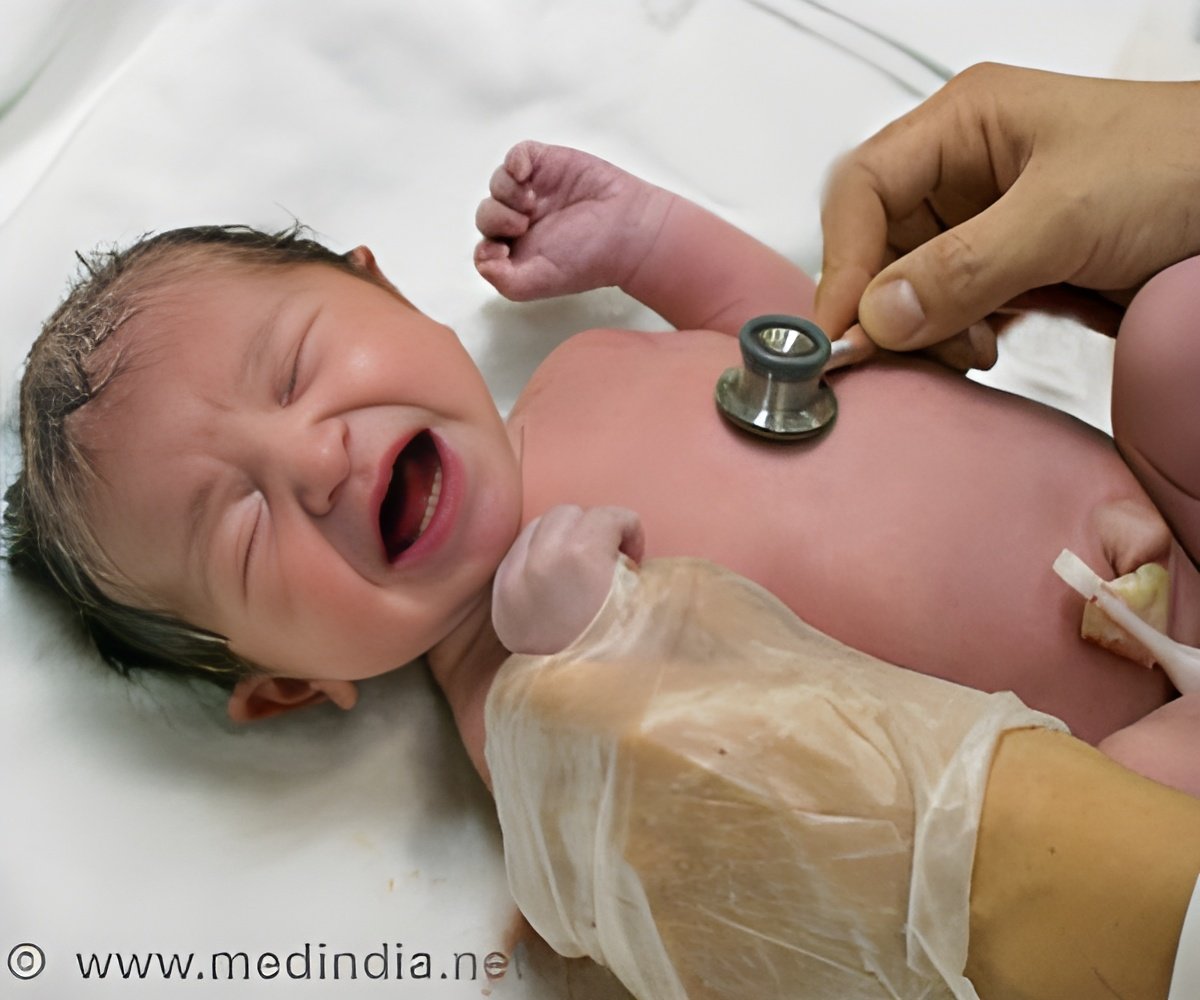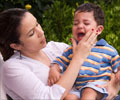
"The pattern we identified in our analysis is intriguing and could indicate lap infants are at greater risk of death related to in-flight environmental factors such as sleeping arrangements," says Alexandre Rotta, MD, FCCM, Chief, Division of Pediatric Critical Care Medicine at UH Rainbow and the studies' principal investigator. Dr. Rotta, who is also Professor of Pediatrics at Case Western Reserve University School of Medicine, says the pattern would have gone unnoticed through single case analysis of these relatively rare events.
The fatalities were identified by searching records of all in-flight medical emergencies for child passengers that were reported to MedAire, the world's busiest global emergency response center and the leading provider of ground-based medical support to commercial airlines worldwide. Of the 7,573 reported emergencies, 10 resulted in death, and six had no previous medical history. Four passengers had preflight medical conditions, including two children traveling for the purpose of accessing advanced medical care. Dr. Rotta speculates these infants were at increased risk from exposure to a hypoxic cabin environment, or by sharing a seat with an adult and co-sleeping during a long flight, but there could also be another yet unknown factor.The majority of pediatric in-flight emergencies are related to infections, neurological conditions, and respiratory issues such as asthma, seldom require alteration of flight route and do not pose significant risk to life. Because an in-flight pediatric death is such a rare event, large datasets were necessary to capture a meaningful number of observations.
"I hope our findings lead to further research on this important subject," says Dr. Rotta. "It is my belief the pattern we discovered should promote the development of preventative strategies and travel policies to protect the health of all pediatric airplane passengers, especially infants."
Source-Eurekalert








